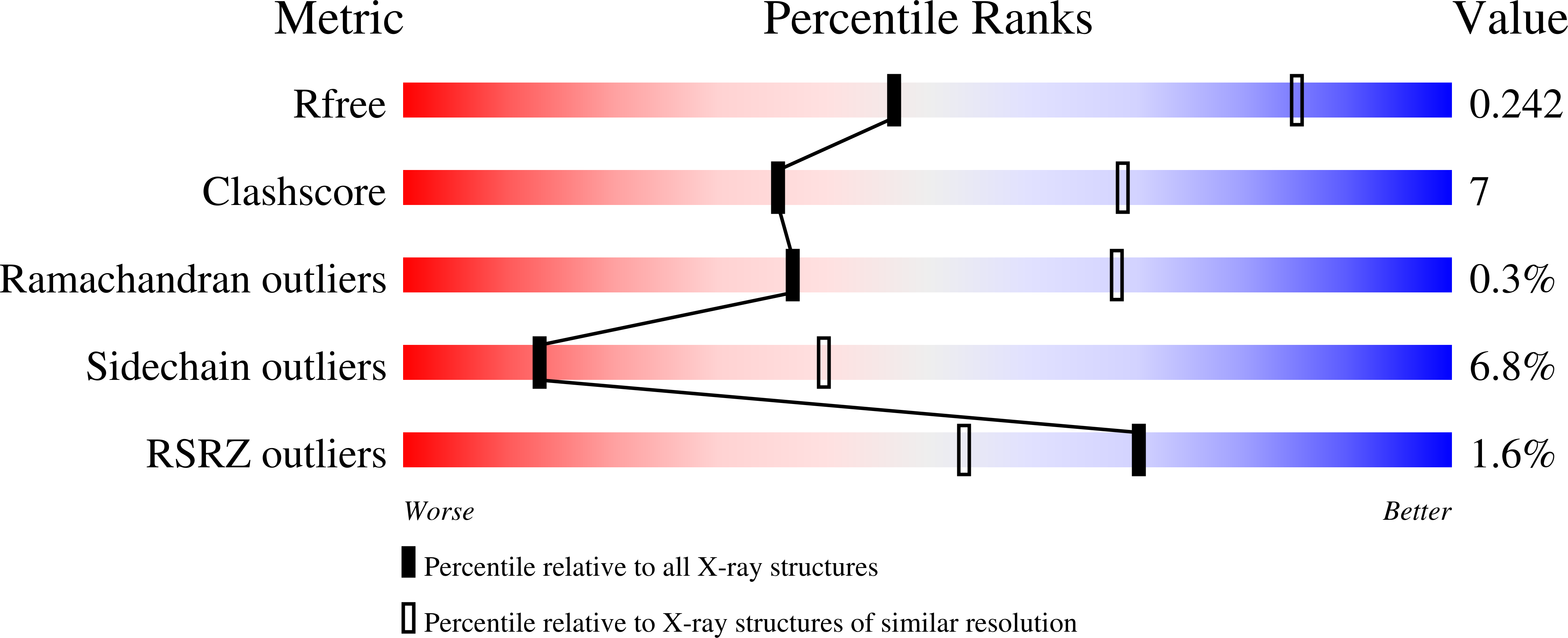
Deposition Date
2024-09-03
Release Date
2024-12-04
Last Version Date
2024-12-18
Entry Detail
PDB ID:
9DH2
Keywords:
Title:
Structure of Fab in complex with NKG2D extracellular domain
Biological Source:
Source Organism:
Homo sapiens (Taxon ID: 9606)
Host Organism:
Method Details:
Experimental Method:
Resolution:
2.98 Å
R-Value Free:
0.24
R-Value Work:
0.19
R-Value Observed:
0.19
Space Group:
P 1 21 1


